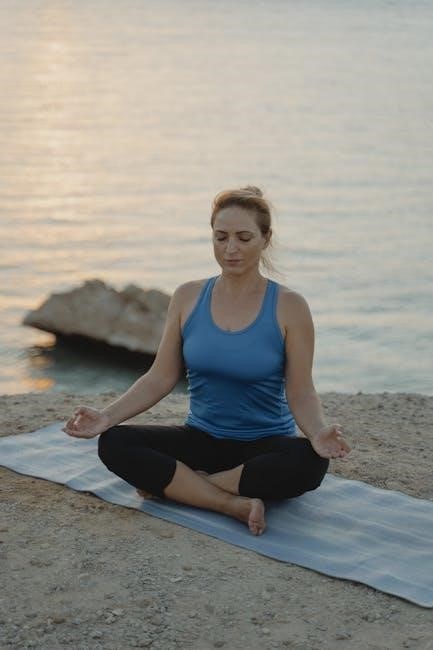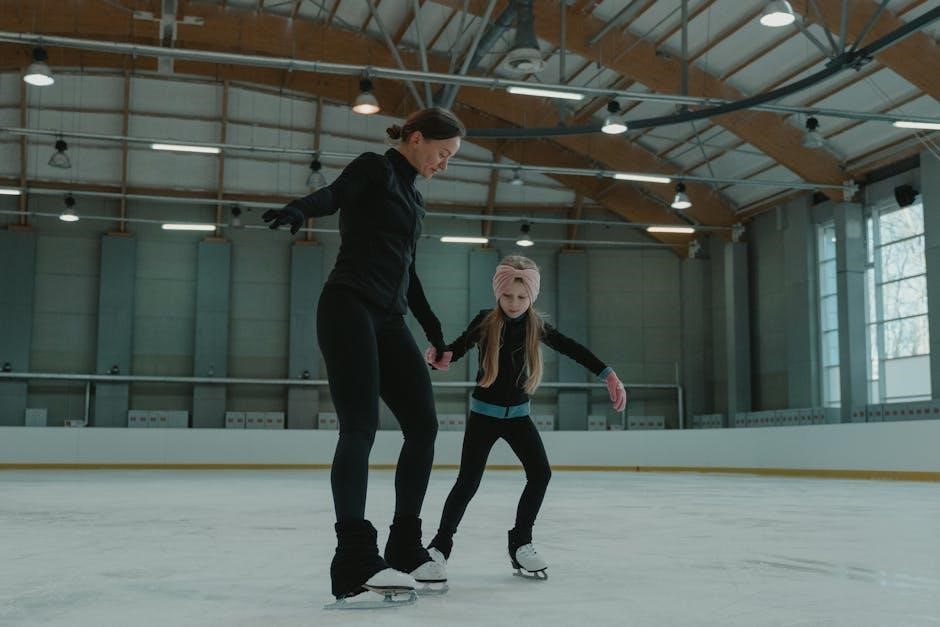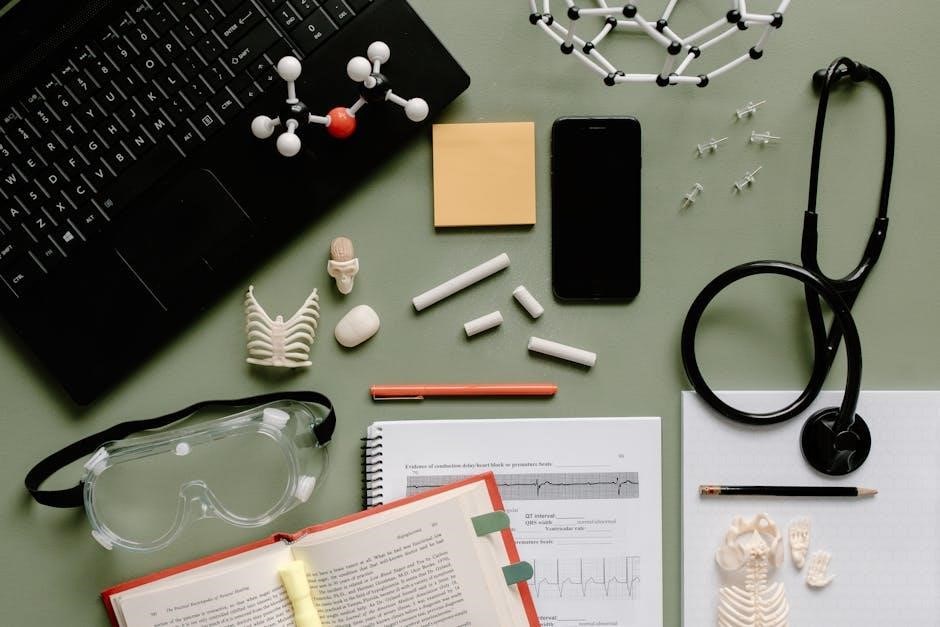De Quervains tenosynovitis causes pain at the thumb side of the wrist, an inflammatory condition affecting tendons and requiring exercises for management and rehabilitation, using various hand movements and techniques properly.
Definition of De Quervains Tenosynovitis
De Quervains tenosynovitis is a condition that affects the tendon sheath, which is the outer layer of the tendon, located at the thumb side of the wrist. This condition is characterized by inflammation of the tendon sheath, leading to thickening and swelling, which reduces the ability of the tendon to move smoothly. The tendon sheath is a protective layer that surrounds the tendon, and when it becomes inflamed, it can cause pain and discomfort. De Quervains tenosynovitis is often caused by repetitive strain or overuse of the wrist and thumb, and it can be treated with exercises and other management strategies. The condition is named after the Swiss surgeon who first described it, and it is also known as De Quervains disease or De Quervains syndrome. The definition of De Quervains tenosynovitis is important for understanding the condition and developing effective treatment plans.
Importance of Exercises for De Quervains Tenosynovitis

Exercises play a crucial role in the management and rehabilitation of De Quervains tenosynovitis. They help to reduce inflammation, improve function, and prevent symptom recurrence. Regular exercise can also help to strengthen the muscles and tendons in the wrist and thumb, reducing the risk of further injury. Additionally, exercises can help to improve range of motion and reduce stiffness, making it easier to perform daily activities. By incorporating exercises into their treatment plan, individuals with De Quervains tenosynovitis can experience significant improvements in their symptoms and overall quality of life. It is essential to start exercises slowly and gradually increase intensity and frequency to avoid exacerbating the condition. A healthcare professional can provide guidance on the most effective exercises and help individuals develop a personalized exercise program. Exercises are a vital component of De Quervains tenosynovitis management and can help individuals achieve optimal recovery.

Examples of Exercises for De Quervains Tenosynovitis
Exercises include wrist flexion, extension, and thumb movements to reduce pain and inflammation properly always.
Passive Wrist Flexion and Extension Exercise
This exercise involves gently moving the wrist up and down using the other hand, which helps to reduce stiffness and improve flexibility. The exercise should be performed in a pain-free range, with the unaffected hand guiding the affected wrist through the movement. It is essential to start slowly and gradually increase the range of motion as the pain and stiffness decrease. The exercise should be repeated 10 times, 3-4 times per day, to achieve optimal results. By performing this exercise regularly, individuals can help to reduce the symptoms of De Quervains tenosynovitis and improve their overall wrist function. The exercise is simple to perform and can be done at home, making it a convenient and effective addition to a rehabilitation program. Regular practice can help to promote healing and reduce the risk of future complications.
Thumb Passive Range of Motion Exercise
The thumb passive range of motion exercise is designed to gently move the thumb through its normal range of motion, helping to reduce stiffness and improve flexibility. This exercise involves using the unaffected hand to gently bend and straighten the thumb, as well as move it from side to side. It is essential to perform the exercise in a pain-free range, avoiding any movements that cause discomfort or pain. The exercise should be repeated 10 times, 3-4 times per day, to achieve optimal results. By performing this exercise regularly, individuals can help to reduce the symptoms of De Quervains tenosynovitis and improve their overall thumb function. The exercise is simple to perform and can be done at home, making it a convenient and effective addition to a rehabilitation program, promoting healing and reducing the risk of future complications with regular practice.

Isometric Exercises for De Quervains Tenosynovitis
Isometric exercises involve contracting muscles without moving the joint, helping to strengthen and stabilize the wrist and thumb, using resistance bands or other equipment properly always.
Wrist Flexion Isometric Exercise
The wrist flexion isometric exercise is a simple yet effective exercise for de Quervains tenosynovitis, involving the contraction of the wrist flexor muscles without moving the wrist joint.
This exercise can be performed by resting the forearm on a flat surface with the palm facing up, and then using the other hand to resist the upward movement of the hand.
The resistance should be gentle and gradual, increasing as the exercise becomes easier.
The exercise should be held for 10 seconds and repeated 3-4 times per day, with 1-2 sets per session.
It is essential to start slowly and gradually increase the intensity and frequency of the exercise to avoid exacerbating the condition.
Proper technique and form are crucial to ensure the exercise is effective and safe.
Regular practice of this exercise can help strengthen the wrist and thumb, reducing pain and inflammation associated with de Quervains tenosynovitis.
By incorporating this exercise into a rehabilitation program, individuals can improve their overall wrist and hand function.
Thumb Flexion Resisted Exercise
The thumb flexion resisted exercise is a valuable exercise for de Quervains tenosynovitis, targeting the thumb flexor muscles to improve strength and mobility.
This exercise involves placing a rubber band around the thumb and holding the other end with the opposite hand, providing gentle resistance to the thumb movement.
The thumb should be flexed, or bent, against the resistance, and then returned to the starting position.
The exercise should be repeated 10-15 times, 3-4 times per day, with 1-2 sets per session.
It is essential to start with gentle resistance and gradually increase the intensity as the exercise becomes easier.
Proper technique and form are crucial to ensure the exercise is effective and safe.
Regular practice of this exercise can help improve thumb function, reduce pain, and prevent future episodes of de Quervains tenosynovitis.
By incorporating this exercise into a rehabilitation program, individuals can enhance their overall hand and wrist function.

Guidelines for Performing Exercises
Proper technique and gentle movements are essential for effective exercises, ensuring safety and maximizing benefits, with gradual progression and monitoring of pain levels always considered carefully.
Starting the Exercises
To initiate exercises for de Quervains tenosynovitis, it is crucial to begin slowly and gently, allowing the affected tendons to adjust to the movements and stresses being applied.
A healthcare professional or therapist can provide guidance on the proper technique and progression of exercises, helping to minimize the risk of exacerbating the condition.
The initial exercises may focus on passive movements, where the unaffected hand or a therapist assists in moving the affected wrist and thumb, helping to maintain range of motion and reduce stiffness.
As symptoms improve, more active exercises can be introduced, strengthening the muscles and promoting healing of the tendons.
It is essential to listen to the body and stop or modify exercises if pain or discomfort occurs, ensuring a safe and effective rehabilitation process.
By starting exercises gradually and under proper guidance, individuals with de Quervains tenosynovitis can work towards reducing their symptoms and improving their overall hand and wrist function.
Frequency and Duration of Exercises
The frequency and duration of exercises for de Quervains tenosynovitis are critical components of a rehabilitation program, requiring careful consideration to ensure optimal progress and minimize the risk of exacerbating the condition.
A typical exercise routine may involve performing exercises 3-4 times per day, with each session lasting around 10-15 minutes.
The exercises should be done in a pain-free range, with the duration and frequency gradually increased as symptoms improve and the tendons become more resilient.
It is essential to allow for adequate rest and recovery time between exercise sessions, enabling the tendons to heal and rebuild.
A healthcare professional or therapist can provide personalized guidance on the frequency and duration of exercises, helping to tailor the rehabilitation program to the individual’s specific needs and progress.
By following a well-structured exercise program, individuals with de Quervains tenosynovitis can work towards achieving optimal recovery and reducing the risk of future complications.
Exercises play a crucial role in managing de Quervains tenosynovitis, promoting recovery and preventing future complications effectively always.
Importance of Exercise in De Quervains Tenosynovitis Management
Exercises are essential in managing de Quervains tenosynovitis as they help reduce inflammation and improve function. Regular exercise can prevent symptom recurrence and promote recovery. A well-structured exercise program can help alleviate pain and stiffness, allowing individuals to regain normal wrist and thumb movement. It is crucial to start exercises slowly and progress gradually to avoid exacerbating the condition. Exercises can be modified to suit individual needs and abilities, ensuring a safe and effective rehabilitation process. By incorporating exercises into their management plan, individuals with de Quervains tenosynovitis can experience significant improvements in their symptoms and overall quality of life. With consistent practice and patience, exercises can help individuals regain control over their wrist and thumb, enabling them to perform daily activities with ease and confidence. Effective exercise management is key to overcoming de Quervains tenosynovitis.


